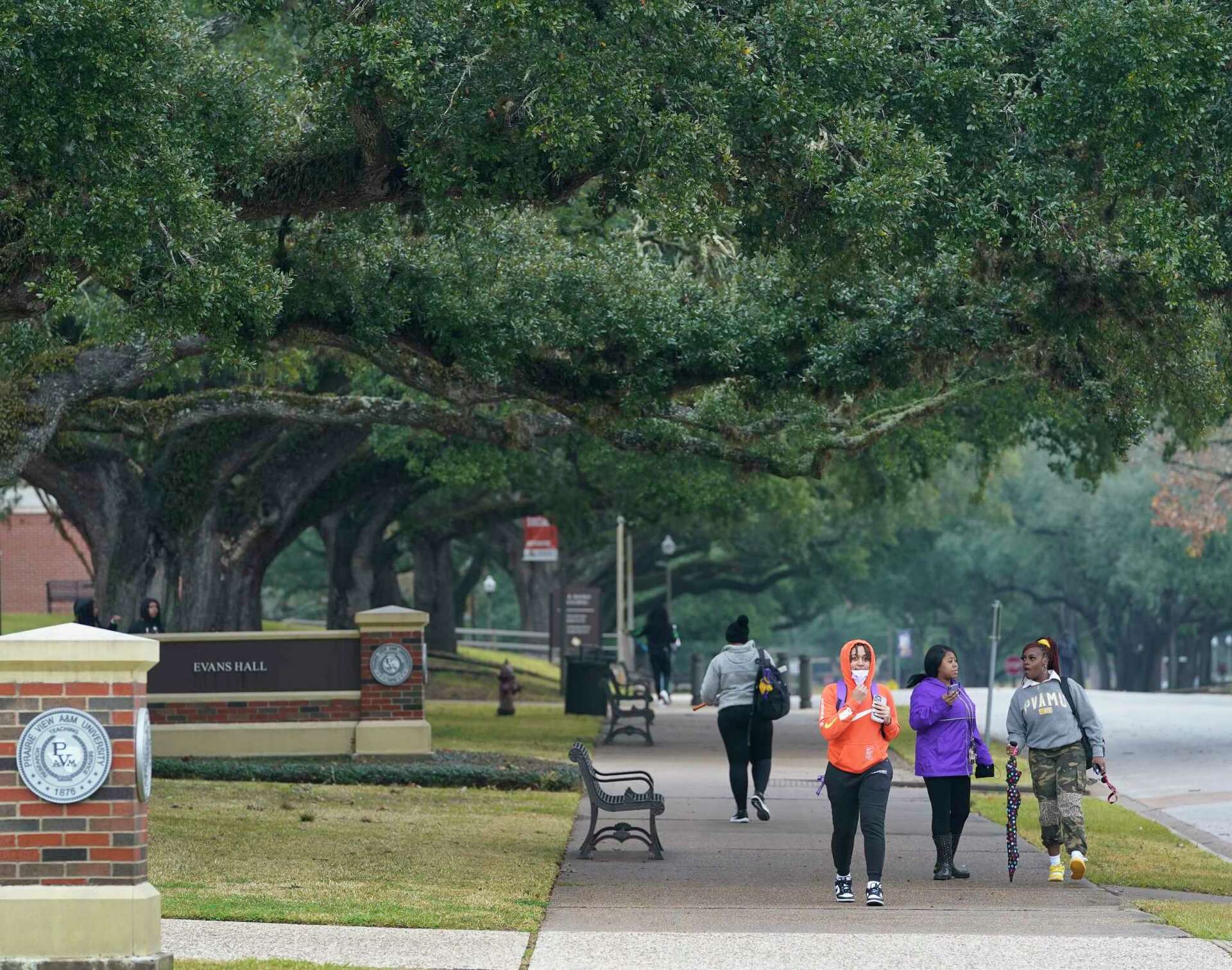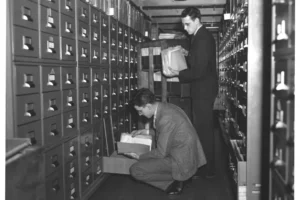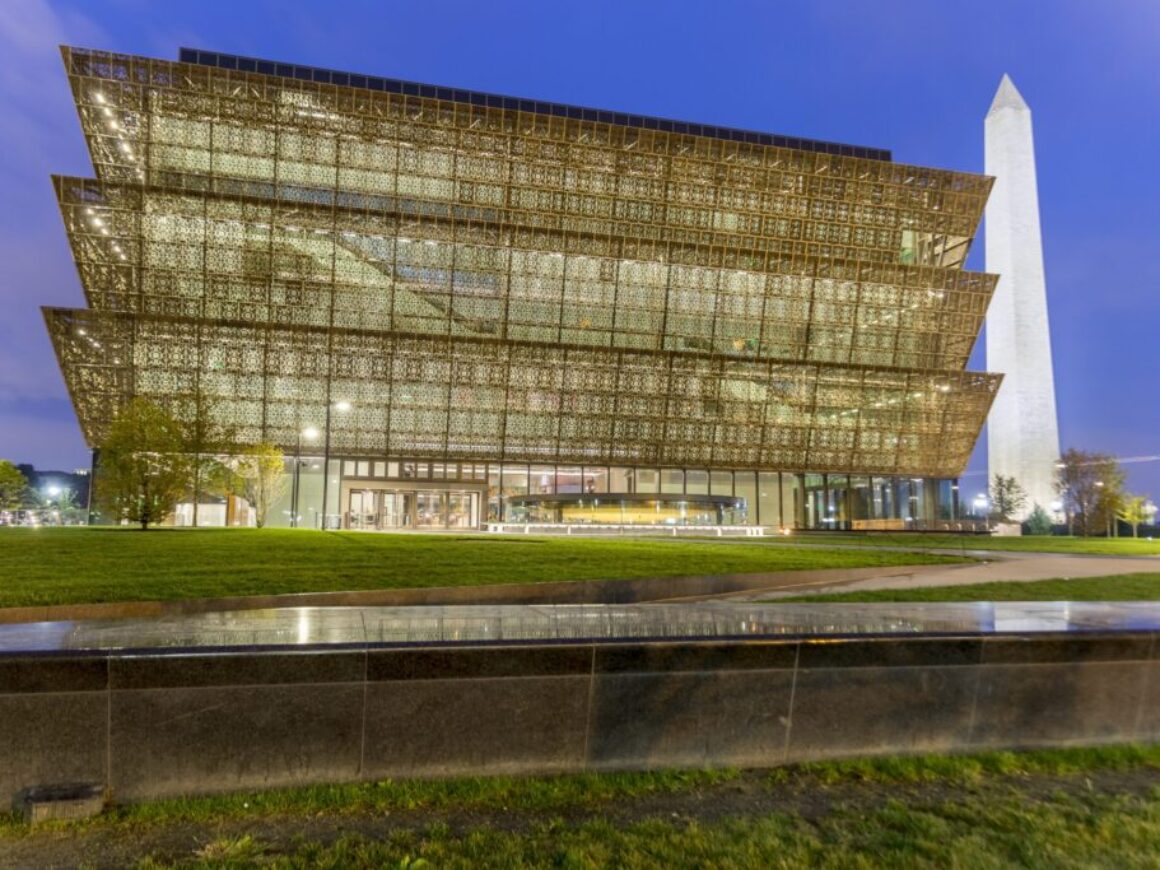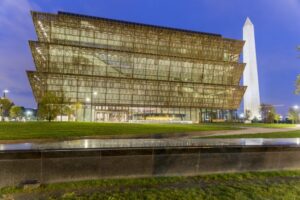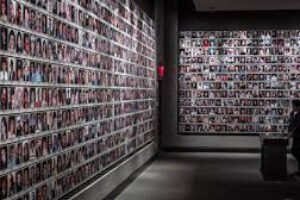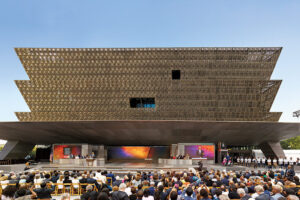Unveiling the Hidden Legacy: Racial Segregation and the Erasure of Institutional History at HBCUs
HBCUs served as vital educational establishments for African Americans during the period of segregation when other institutions denied African Americans access to higher education. The inception story of HBCUs remains excluded from public recognition mostly because of systematic racial divisions which blocked educational institutions from proper development. According to Christopher T. Emdin in his book Urban Science Education for the Hip-Hop Generation institutions established to serve vulnerable populations suffer from institutional amnesia because historical accounts about their essentialness fade through economic funding shortages and political resource redirection.
Both racial segregation practices and resource uneven distribution at Prairie View A&M University (PVAMU) suppressed its expansion relative to majority-white schools while removing essential information about its institutional history. Major HBCUs remain absent from such larger discussions about national educational histories. Future generations and scholars will be deprived of the complete history of college cultural achievements because these institutions’ whole narrative has been erased.
The Erasure of Institutional History
The elimination of institutional historical information at HBCUs stems from both past racial segregation and current structural inequalities that affect these institutions. Derrick P. Alridge in The Educational Legacy of Historically Black Colleges and Universities demonstrates that maintaining and promoting HBCU historical records receives insufficient funding. Public history initiatives select predominantly white colleges over the valuable heritage of minority institutions when creating their projects. The present disparity both decreases public understanding regarding the vital importance of HBCUs and fails to fully demonstrate what these institutions accomplished throughout African American historical development.
The notable Texas HBCU PVAMU maintains an extended Nigerian-American legacy of fighting African American education battles during civil rights yet public history scholars do not adequately explore these significant events in their research collections. The absence of substantial funding together with institutional backing threatens to eliminate PVAMU and comparable institutions from the historical canon thus preventing students both present and future from developing their connection to their past.
Achieving Racial Desegregation Through Public History at PVAMU
Achieving meaningful racial desegregation through public history at PVAMU requires active efforts from the university together with its stakeholders to restore and position the African American historical narratives related to the university’s background. The history of PVAMU needs to achieve stronger integration within national and state-level discussions of higher education as well as civil rights and African American culture.
Public history should receive both financial backing along with organizational expansion to highlight HBCU stories which remain unknown to most people today. The HBCU Digital Preservation Project operates as a key initiative toward documenting HBCU histories through digital archiving of oral memories to enable scholars better understanding of these universities’ historic contributions to American history. PVAMU together with other HBCUs needs to integrate their history into standard historical research to battle the widespread cultural memory loss from racial divisions while they reconstruct authentic historical narratives.
PVAMU students have the opportunity to engage in historical projects by conducting interviews with alumni together with faculty members and staff members. Students who take part in collecting these stories would discover an authentic understanding of university history while strengthening their authority over their institution’s historical authority. Public history operations serve as a racial desegregation method when communities preserve and feature histories which represent marginalized populations.
Conclusion: A Call to Action
HBCUs faced marginalization because racial segregation and systemic resource hoarding resulted in the disappearing of their institutional histories which otherwise would have enriched the United States social and academic and political landscapes. Public history initiatives allow us to reverse historical mistreatment and promote actual racial integration in America. The protection and continuation of PVAMU stories will lead future generations to fully encounter American higher education history which involves the historical perspectives and achievements of African American culture.
